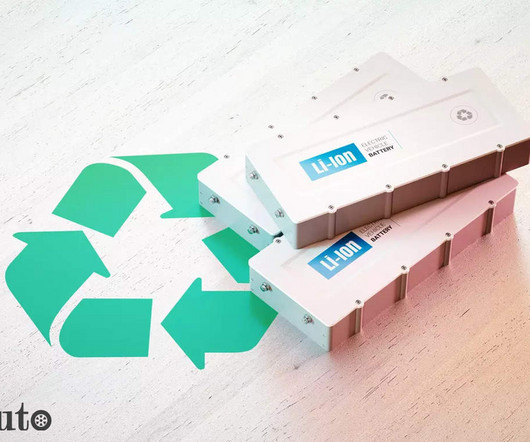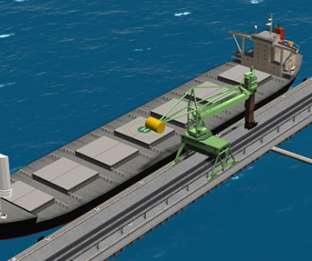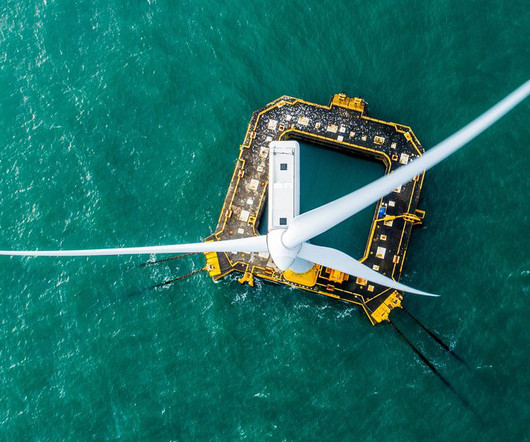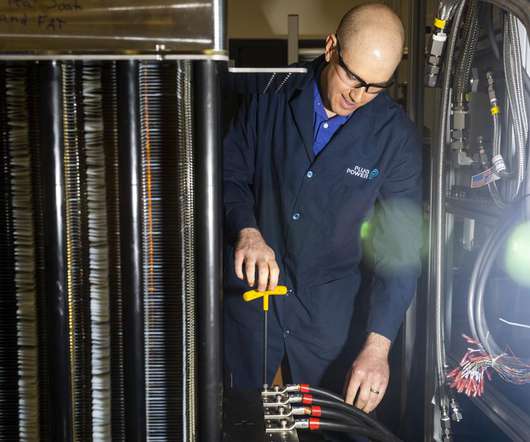UK to award £54M to 15 projects developing innovative carbon removal technology
Green Car Congress
JULY 10, 2022
million, taking their projects through to the demonstration phase, and towards the successful commercialization of their technologies. The novel SMART-DAC technology is a natural wind driven process that captures CO 2 directly from air using membrane gas absorption with a liquid absorbent and regeneration of the absorbent by electrodialysis.







































Let's personalize your content